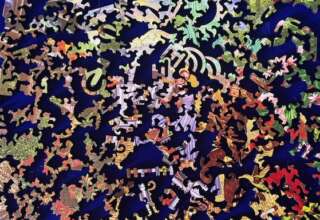
The limbic system is largely responsible for our emotions and other parts of the brain that control the release of dopamine, norepinephrine, and serotonin (three neurotransmitters that are important in mood regulation). In Behave, the noted neuroscientist, Robert Sapolski describes the limbic structure as multifaceted: involving the amygdala, hippocampus, thalamus, hypothalamus, basal ganglia, and cingulate gyrus. Both Sapolsky and Amen show how a person’s brain releases “good” chemicals when having positive thoughts. Sapolsky indicates that the limbic system’s regions form circuits of excitation and inhibition in the brain, while Amen describes the impact which our cognitions have on our emotions. Amen observes that chemicals are constantly released every time we have a thought. Thus, without thoughts of hope, we slip into depression and individuals will have a challenging time generating positive, hopeful thoughts.
In an issue of Brain Bulletin (entitled “Science of Hope”) Terry Small writes about the research being conducted by neuroscientists on the neurobiology of hope. They have discovered that just being hopeful can actually alter the science of one’s brain. Small reinforces the basic findings in the neurosciences that neurochemicals can block pain and accelerate healing. A form of Hope that involves belief and expectation causes the brain to release neurochemicals called endorphins and enkephalins which actually mimic the effects of morphine. As a result, the brain can overcome hurdles and move to a place of healing and recovery when one is intentionally thinking positive thoughts. In scientific terms, hope and recovery are not causally connected, but they are correlated.
Finally, Dr. Mark George, M.D., a board-certified neurologist and psychiatrist, has devoted his practice to studying and combining clinical neuropsychiatry and neural engineering by studying the relationship between the brain, emotions, and behavior. George was one of the first neuroscientists (during the early 1990s) to use functional imaging and in doing so, George discovered that specific brain regions change when normal emotions are being experienced. Based on George’s findings, advances in neuroscience are now made possible through fast imaging methods that allow researchers to take snapshots of the brain in action. Neural engineering images have yielded a new view of the neurological map for emotion, showing regions of emotional activity both in and beyond the limbic system (such as in the insula)







